Getting started with MVP feature prioritization
Are you creating a tech startup? Getting ready by defining and prioritizing your MVP features is one of the hardest steps of your tech entrepreneur journey. This critical stage can have a major impact on your future success and can make or break your new business venture.
In the beginning, stakes are high, because you’re spending cash reserves and/or determining the best place for investment dollars. Selecting and prioritizing the wrong features or too many features can overextend dollars, as well as expend valuable time and energy.
You have to find the sweet spot of building only what is necessary to validate your idea that attracts a userbase, satisfies their needs, generates income, and doesn’t exceed reasonable constraints of budgets and timelines.
First of all, what is an MVP?
Broadly speaking, an MVP refers to the concept of starting small and evolving over time as you gather more insights and experience.
For startups, a minimum viable product (MVP) is the set of predefined features necessary to gain user feedback about a technology solution. Learn more about the build-measure-learn loop of the MVP development process here.
The top 3 things to keep in mind when considering and evaluating MVP features are:
- Solving the identified problem (or seizing the opportunity)
- Validating and proving your idea by satisfying users needs
- Creating the best experience possible while taking on the least amount of risk
In addition to that, it’s an approach to help you properly allocate your budget to help ensure your short-term and long-term sustainability.
Frequently, tech entrepreneurs have a wish list of features that are a mile long and include assumptions about how users will derive value from their product. They want to launch with an expansive set of features that are unproven and untested. The trick when defining and building MVP features is to distill your vision to its essence.
What’s your product vision?
Before you begin the process of defining your MVP features, take a step back to focus on the primary objectives of your product idea. Be sure to write down the problem you’re solving and be as specific as possible. Being crystal clear about the specific vision and purpose of your product will also help differentiate you in the market from other related products. Ask yourself:
- What problem will my product solve?
- Who is having this problem?
- How are people solving the problem now?
Identify and solidify the critical pain points that your product will help solve for users. It’s important to focus your thoughts around your end-users and their needs versus relying on your own preconceived notions of what you think your product should entail.
How to move your product vision from an idea to a defined set of MVP features
After defining your vision, you should have a solid idea of what your MVP needs to do to solve your users’ core problems. Now, create a list of all the possible features that could be included to solve that problem within an application. To refine your list of MVP features, consider the following criteria for each feature:
- Does this feature align well with my product vision?
- Does this feature need to be included to validate my idea?
- On a scale of 1-10, how important is this feature?
- How often will this feature be used?
For a specific methodology for defining your features, maybe even consider MoSCoW prioritization.
By now, you should have a pared-down list of the most important features, and it’s time to get practical. Consult with your software development partner to determine:
- Will the implementation of this feature be difficult or easy?
- How long will it take to develop this feature and how much will it cost?
Taking this step will help you consider the effort (difficulty, time, and budget) it takes to implement the feature in combination with the impact it will make on your end-users.
Make sure the final list of MVP features you’ve selected amount to a workable solution that will solve your users’ problem.
Keep in mind that in the beginning, not everything needs to be automated. You’re building a digital product to save your users valuable time, but you may have to continue doing some things manually. Your goal is to get your first set of customers and to focus on their needs and desires to grow your business with the help of their valuable input.
Creating the best version of your product with the fewest number of features to satisfy users and their needs can be a tricky balancing act. Starting out with the right MVP features will help you find success in the long run.







